Magnetic bead basics
Magnetic beads are widely used for a variety of molecular biology applications including next-generation sequencing (NGS), polymerase chain reaction (PCR), quantitative PCR (qPCR), droplet digital PCR (ddPCR) and other amplification and genotyping applications, as well as protein purification. This guide discusses the key considerations when using magnetic beads to ensure you achieve accurate, reproducible results.
Request a sampleWhat are magnetic beads and what are they used for?
Magnetic beads (or superparamagnetic particles) are one of the most versatile tools in molecular biology for easy and effective isolation of biomolecules.
Magnetic beads incorporate tiny (20 to 30 nm) particles of iron oxides, such as magnetite (Fe3O4), which give them superparamagnetic properties. Unlike more common ferromagnets, superparamagnetic beads exhibit magnetic behavior only in the presence of an external magnetic field.
This paramagnetic property, which depends on the small size of the particles in the beads, allows the beads to be separated in suspension, along with anything they are bound to. Since they don’t attract each other outside of a magnetic field, they can be used without any concern about unwanted clumping.
This ease-of-use makes magnetic beads, also called mag beads, automation friendly and well suited for a range of applications.
Explore our range of Sera-Mag magnetic beads
Anatomy of a superparamagnetic bead
Mag beads are built in layers around a polystyrene core made by free radical emulsion polymerization of styrene and acid monomer (Fig 1). The core is surrounded by a layer of magnetite, which gives the bead its superparamagnetic properties. The magnetite is locked in by polymer encapsulation. The surface of the bead is modified to minimize non-specific binding of proteins
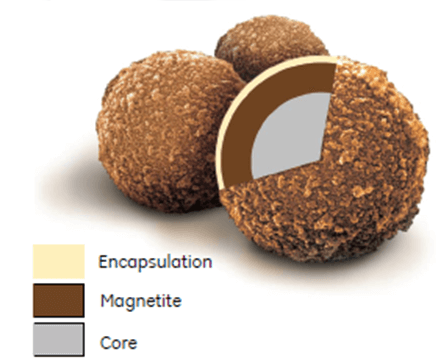
Fig 1. The layers of a magnetic bead.
The bead surface is key to the functionality of magnetic beads. Sera-Mag beads from Cytiva have a cauliflower-like surface which dramatically increases the overall surface area available for binding (Fig 2). Sera-Mag SpeedBeads have two layers of magnetite around the core, with each layer encapsulated (Fig 3). Due to the extra magnetite layer, SpeedBeads respond twice as fast to a magnetic field as the original Sera-Mag particles.
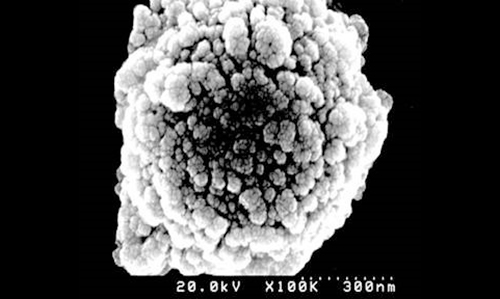
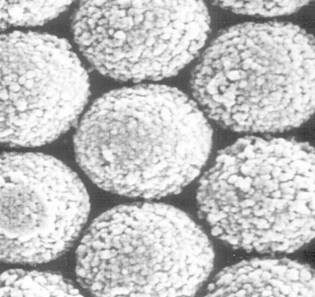
Fig 2. The cauliflower shape provides a large surface area for enhanced binding capacity.
There are a wide range of surface chemistries available to suit any given application: carboxyl- and silica-coated magnetic beads for generic, non-specific binding based on buffer conditions; oligo(dT)-coated beads for binding mRNA; and streptavidin-coated beads for binding biotinylated samples. See “Surface chemistries and applications”.
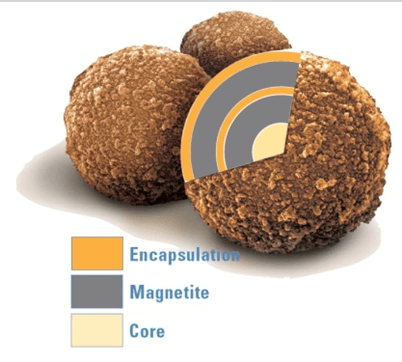
Fig 3. The double magnetite layers in Sera-Mag SpeedBeads provide two times faster response to a magnetic field.
What is magnetic separation?
Magnetic separation in molecular biology uses superparamagnetic beads and a magnetic field to provide a simple and reliable method of purifying various types of biomolecule.
With an appropriate bead surface coating and optimized conditions, the target molecule will selectively bind to the beads, leaving contaminants in the solution. The purified target molecule—DNA, for example—can then be used directly in molecular biology analyses and applications.
A key advantage to using magnetic beads is that nucleic acids and other biomolecules can be isolated directly from a variety of different crude sample types with minimal processing. This combination of versatility and simplicity sets magnetic beads apart from other methods of nucleic acid isolation, which involve more hands-on time and often have different protocols for different types of sample.
How does magnetic bead DNA extraction work?
Nucleic acid purification with mag beads, first developed in the 1990’s, relies on using magnetic beads with a coating that can bind nucleic acids reversibly by simply adjusting buffer conditions (Fig 4).
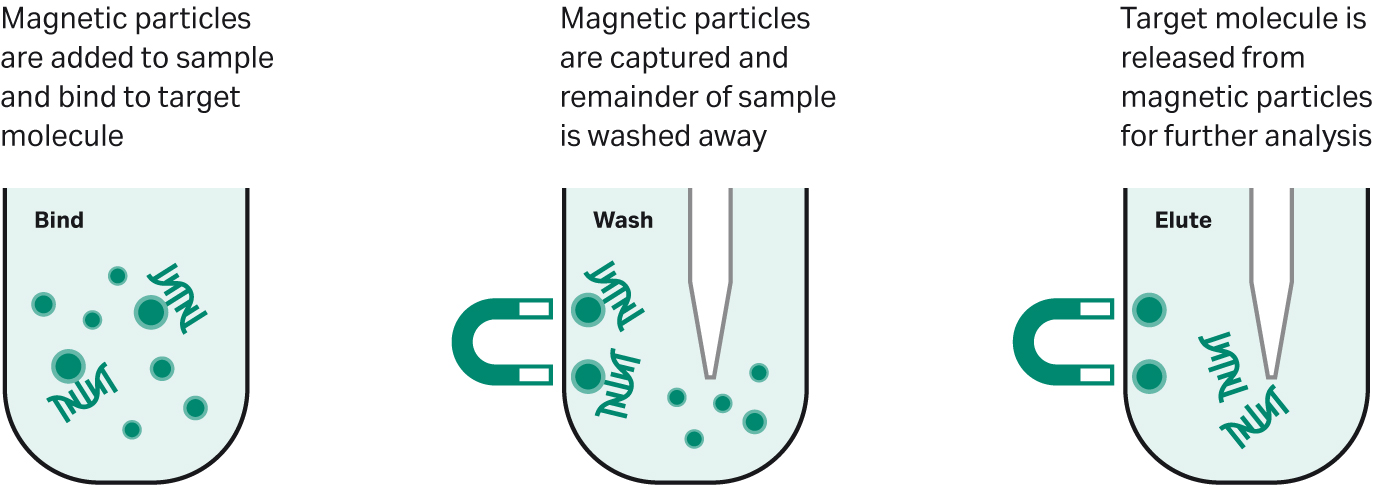
Fig 4.Overview of magnetic bead-based DNA extraction using Sera-Mag beads.
First, the DNA binds to the appropriately-coated magnetic beads. Next, an external magnetic field is applied, which attracts the beads to the outer edge of the containing tube, immobilizing them. The beads, with the bound DNA, remain immobilized during the washing steps while the contaminants are removed. Then, adding elution buffer releases the DNA from the immobilized beads as a purified sample, ready for quantitation and analysis. Finally, the magnetic field is removed and the beads are released, ready for re-use. With this approach, there is no need for centrifugation or vacuum, so it not only simplifies DNA extraction, but also:
- Requires fewer steps and reagents than other DNA extraction protocols
- Minimizes stress or shearing forces on the target molecules
- Is amenable to automation in 24, 96, and 384-well plates
Applications: a bead for every need
There are many types of magnetic beads available. Different surface coatings and chemistries give each type of bead its own binding properties, making mag beads suitable for molecular and immunodiagnostic applications including:
- Nucleic acid isolation and purification, including DNA, RNA, plasmids and mitochondrial DNA
- Protein isolation and purification
- Size selection
- Separation of specific cell, organelle or target types
- Magnetic activated cell sorting (MACS)
New developments
- Magnetic bead-based kits used for purification of SARS-CoV-2 samples collected on Whatman 903 Proteinsaver cards. Learn more…
- Magnetic bead-based kits used for sensitive detection of total nucleic acid (RNA and DNA) from swabs, blood and transport media. Read the application note
- Magnetic bead-based kits used for size selection-based extraction of cell-free DNA (cfDNA) in liquid biopsy. Learn more…
Test your knowledge on magnetic beads
Take our quick quiz to find out and receive 5% off your online Sera-Mag™ beads purchase.
Start quiz